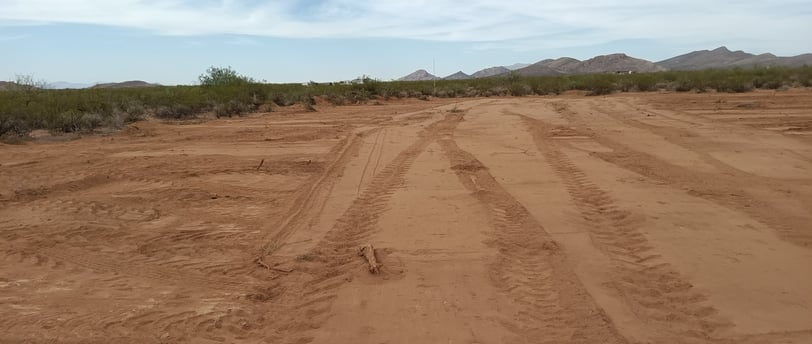Choosing the Perfect Land for Your Off-Grid Dream Home: What You Need to Know
12/13/20242 min read


Choosing the Perfect Land for Your Off-Grid Dream Home: What You Need to Know
Imagine building your dream off-grid home. The excitement is real, but success starts long before the first nail is hammered—it begins with understanding the land beneath your feet. This guide will walk you through everything you need to know about selecting and evaluating land for your sustainable living project.
Why Land Characteristics Matter
When you're dreaming of an off-grid lifestyle, the land isn't just a piece of real estate—it's the foundation of your entire living ecosystem. Every square foot tells a story, and understanding that story can mean the difference between a thriving sustainable home and a costly mistake.
The Key Factors to Investigate
1. Soil: More Than Just Dirt
Think of soil like the canvas for your off-grid masterpiece. Not all soil is created equal! You'll want to look at:
- Soil type (clay, sandy, loam)
- Drainage capabilities
- Nutrient content
- pH levels
Why does this matter? Your soil impacts everything from building foundations to food production and even your septic system design.
2. Terrain: Reading the Land's Natural Blueprint
The landscape tells a story. Slopes, elevation, and natural contours aren't just scenery—they're critical design considerations:
- How steep is the land?
- Where will water naturally flow?
- What's the best spot for solar panels?
- How will wind interact with your property?
3. Geological Secrets Underground
What's beneath the surface matters! Understanding the bedrock and underground formations helps you:
- Determine foundation requirements
- Assess excavation challenges
- Explore potential geothermal energy options
- Understand ground stability
4. Water: The Lifeblood of Your Property
Water isn't just about having a nice view. You'll want to understand:
- Groundwater depth
- Seasonal water level changes
- Natural drainage patterns
- Potential flood risks
5. Ecosystem: Your Living Environment
The existing plant life and wildlife aren't just pretty—they're critical indicators of land health:
- Native vegetation
- Tree cover
- Biodiversity
- Potential natural windbreaks
- Food production possibilities
6. Microclimate: Your Personal Weather Bubble
Every piece of land has its unique climate quirks:
- Wind patterns
- Sun exposure
- Temperature variations
- Potential frost areas
Getting the Right Information
Professional help is key. Budget for:
- Soil testing ($300-$1,500)
- Land surveys ($350-$1,000)
- Geological assessments ($500-$2,000)
Pro Tips for Land Selection
1. Make sure the soil test is done in multiple locations on the site. Different areas have different drainage.
2. Research the land's history
3. Consider long-term environmental changes
4. Plan for potential soil improvements
5. Design flexible infrastructure
Who to Consult
When in doubt, talk to the experts:
- Geological engineers
- Soil scientists, also your local septic inspector
- Local agricultural extension offices
- Environmental consultants
The Bottom Line
Selecting land for an off-grid home isn't just about a beautiful view. It's a complex dance of science, environment, and careful planning. Take your time, do your research, and remember: the right piece of land is the first step toward your sustainable living dream.
Want to dive deeper? Consider working with professionals who can help you navigate these nuanced decisions. Your future off-grid home will thank you!
Looking to find out more about soil contact creativebuilders.pro. They have extensive knowledge on soil tests, land clearing, septic systems and everything off-grid. Their email is admin@creativebuilders.pro.
